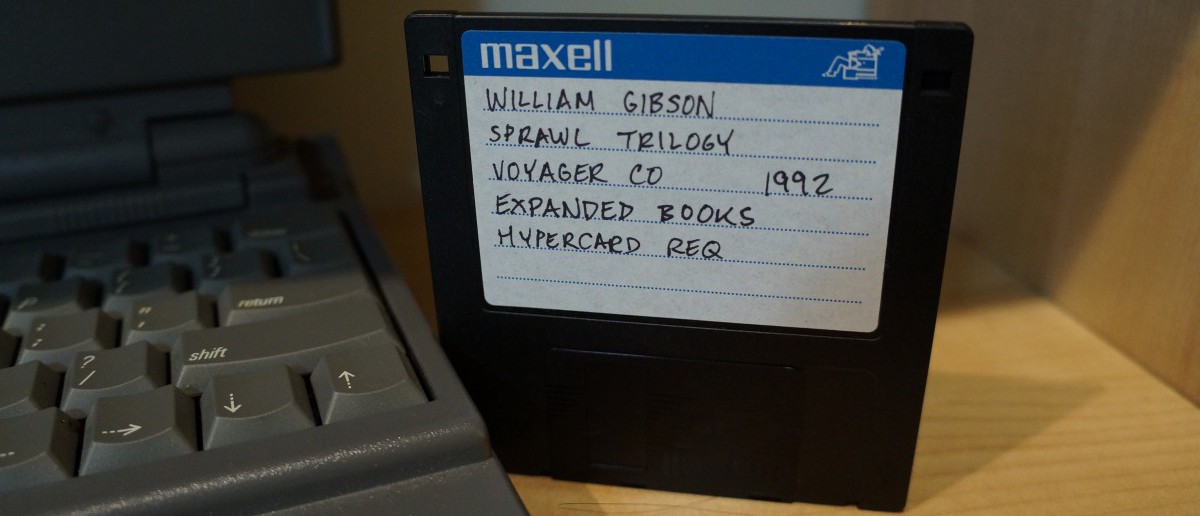During today’s class, we will start with your beginning of class writing assignment, discuss the reading, and then turn our attention to your scripts and storyboards for Project 2. With the remaining class time, you can plan the execution of your video (filming, editing, etc.) and record it in a brief memo.
To begin, spend the first ten minutes of class writing a summary memo of your reading from Chapter 6, “Characters, Dialogue, and Emotion.” This chapter is packed with information, which we will review together momentarily. For now, memorialize what you took away from the chapter as being important or useful information. Did you think of examples from your own experience that connect to the different topics in the chapter? Make a note of these in your summary and tell us about them during discussion and lecture.



